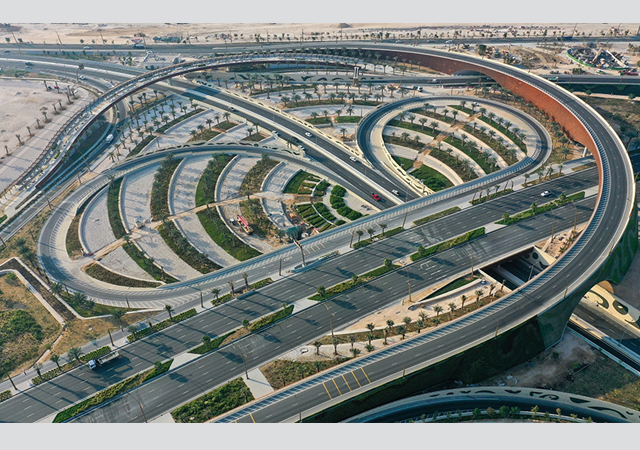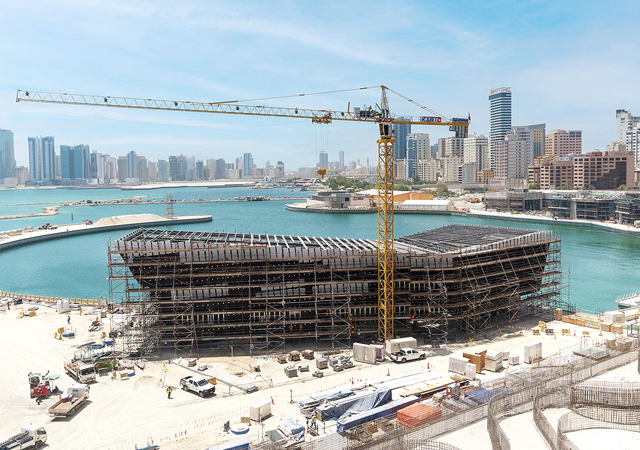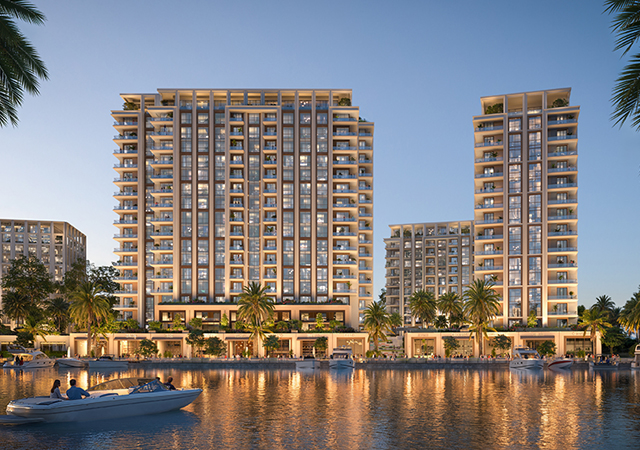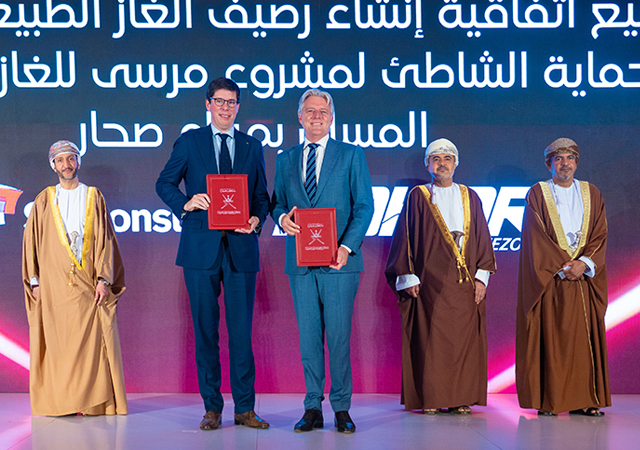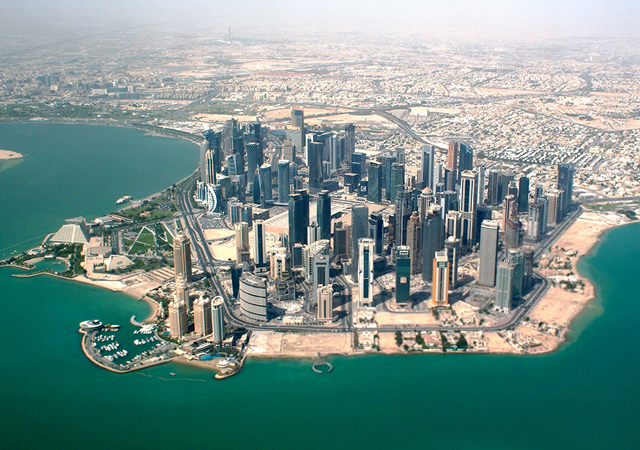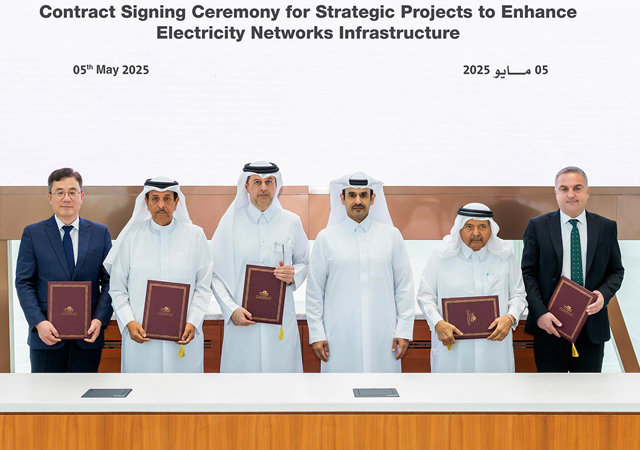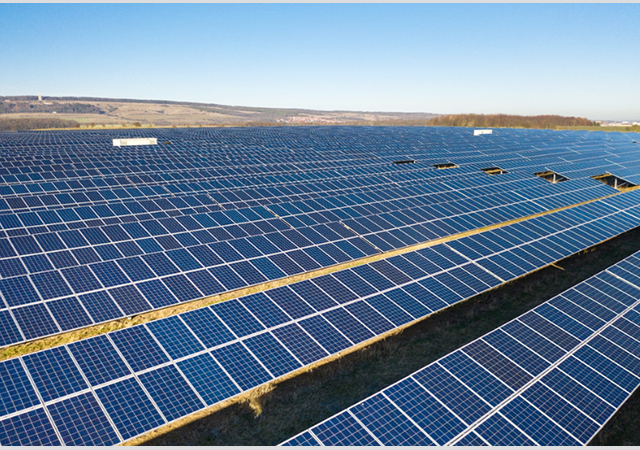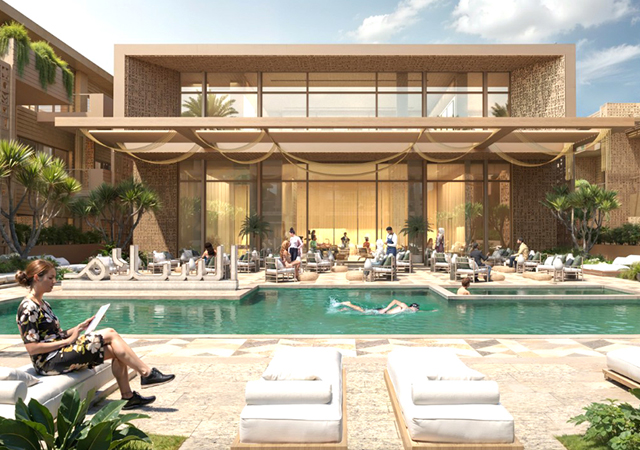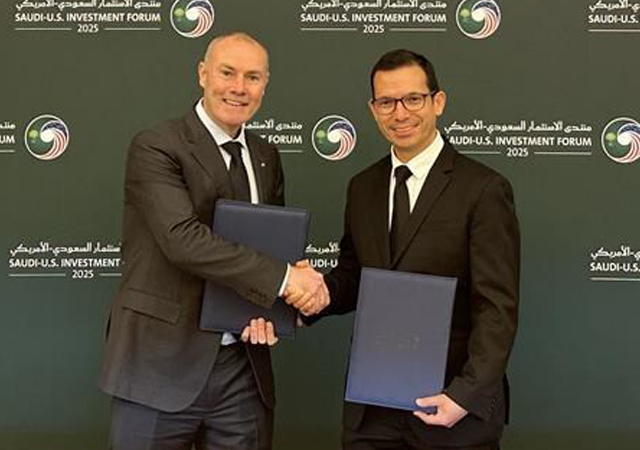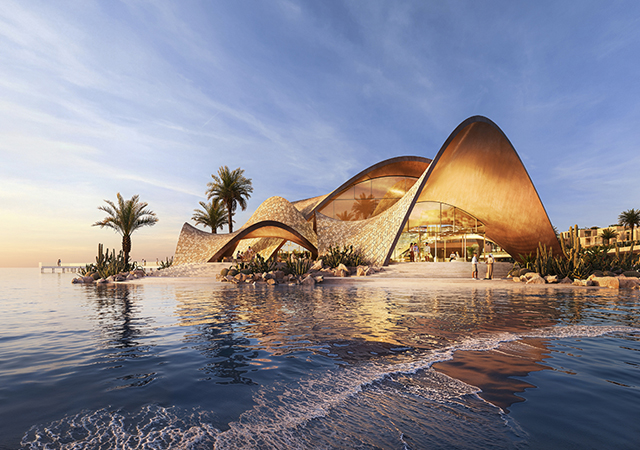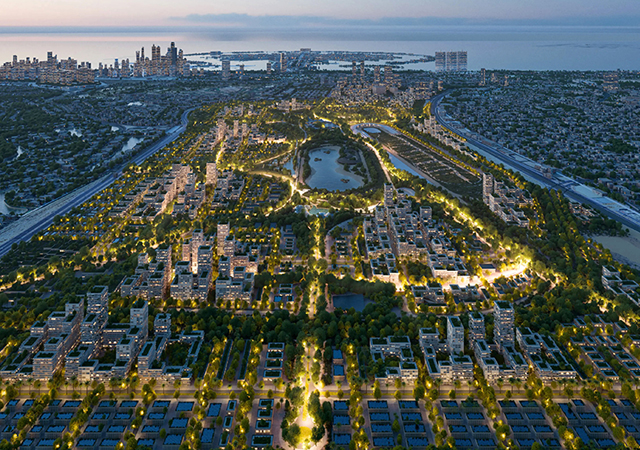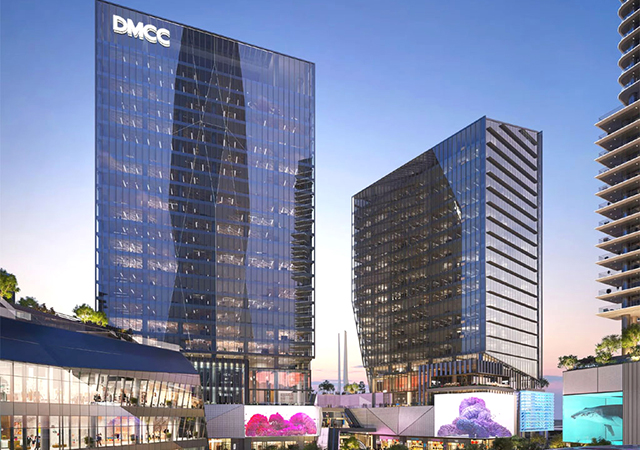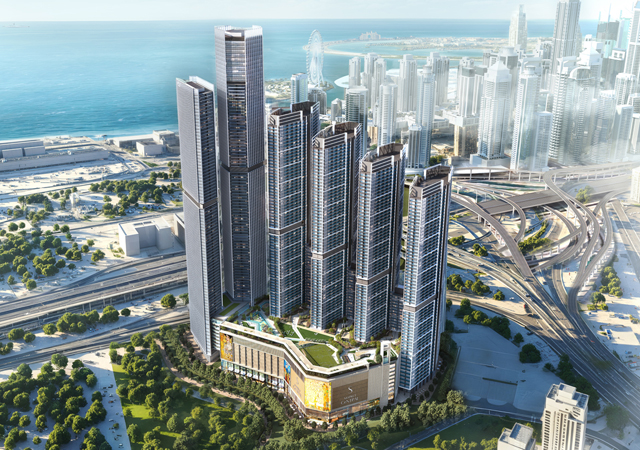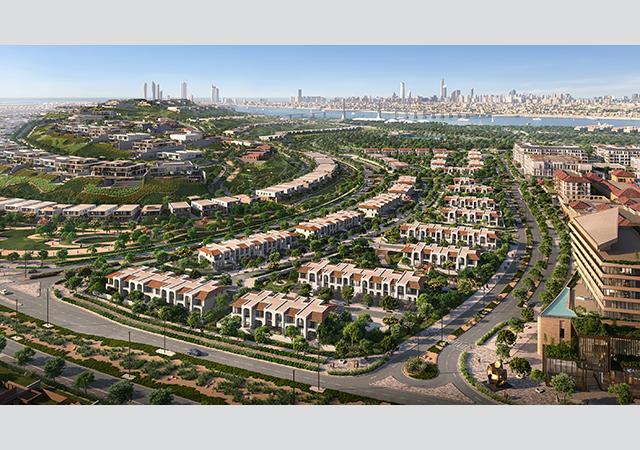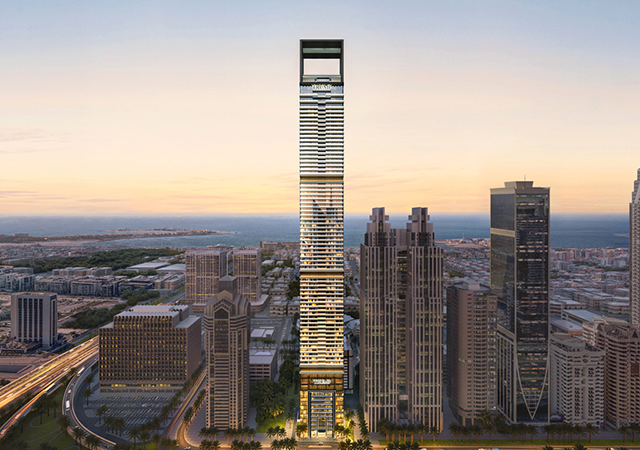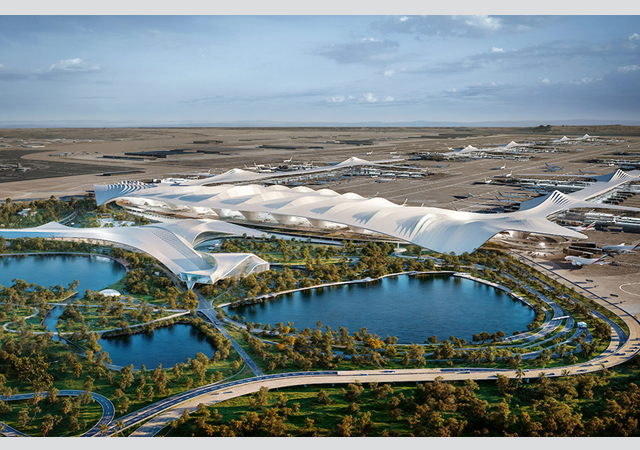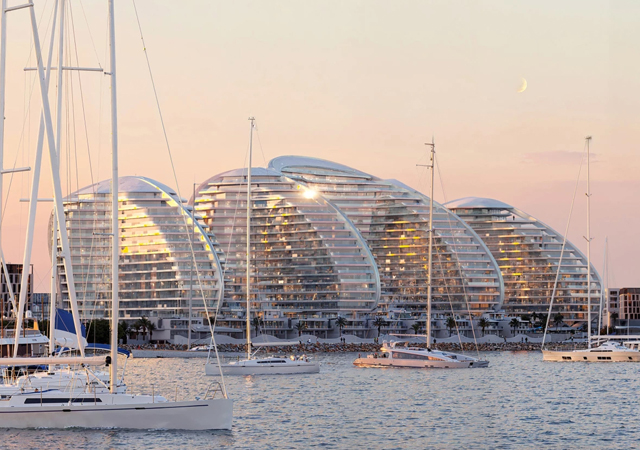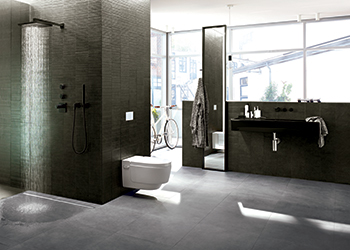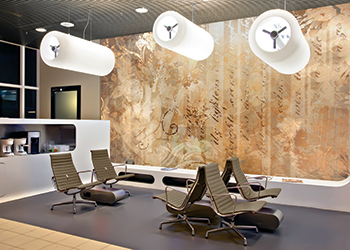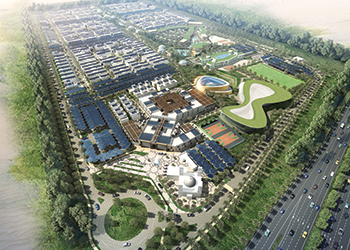
ROB TOOKEY, building and infrastructure segment manager at Eaton Middle East, discusses product design for green construction through power management.
The impact of product design on the environmental efficiency of a building is an important consideration. In product and process design for example, energy efficiency, the use of recycled and recyclable materials and preventing pollution are all factors to consider. Here, design decisions directly and indirectly determine volumes of resource used and ultimately a product’s impact on the environment.The pressure on developers to make their buildings as ‘green’ as possible is relentless. As such, today’s construction market professionals need to be more aware than ever of the impact their purchasing decisions can have. Ensuring the products they select for their facility have been designed with energy and environmental considerations in mind can help in meeting efficiency and corporate social responsibility goals.
As construction across the region increasingly finds itself being regulated by green certifications, myths continue to dominate around the ‘increased cost’ of green products. Yet, it also continues to be proven that by selecting products that are classed as ‘green’, there are benefits on a practical level as well as from a business perspective.
A green building must provide benefits for its owners, its tenants and those tasked with its upkeep. There are multiple products that now help to make buildings smarter and more efficient. These include sensor lighting that automatically dims or increases light depending on time of day and necessity of light; wave LED (light-emitting diode) lighting that direct the light to areas that need it, reducing waste; and low-voltage switchgear with variable frequency drivers, that change speed, meaning energy is used at the level it is needed rather than consistent levels at all times.
SF6 and its issues
One of the key features of today’s green building product designs, is the use of SF6 (sulphur hexafluoride) gas in switchgear applications. In the past, this has been an attractive choice for quenching switching arcs and for providing insulation in medium- and high-voltage (MV and HV) switchgear. It is, in most circumstances, chemically inert and in itself it is non-toxic. It’s also non-flammable, thermally stable and relatively inexpensive. Furthermore, it has excellent electrical properties. It is a good insulating agent and its short dielectric recovery time means that it’s good at quenching the arcs that are produced during switching operations.
In addition, when SF6 first came into use in switchgear applications in the mid-1970s, it allowed the development of equipment that was much smaller than the air- and oil-insulated equipment that was being used at the time. In short, when SF6 was first adopted for electrical applications, it seemed almost too good to be true. Unfortunately, it was.
So, what are the problems with SF6? The first and probably the most important is that it is a greenhouse gas with a very high global warming potential. It is well known that the high level of carbon dioxide (CO2) emissions that the industrialised world is currently producing is leading to the so-called “greenhouse” effect. CO2 is, however, not the only gas involved. Other gases that are being released into our atmosphere also contribute to the greenhouse effect, and many of these are more potent at trapping the sun’s heat than CO2 itself.
The ratio of the effectiveness of a particular gas in trapping the sun’s heat to that of CO2 is designated the global warming potential (GWP) of the gas. For example, a gas with a GWP of 100 has 100 times the potential of CO2 to produce global warming. SF6 has an enormous GWP of 23,900, which has led to it being listed by the International Panel on Climate Change (IPCC) as the most potent greenhouse gas.
And it gets worse – SF6 has an atmospheric lifetime of up to 3,200 years, so gas released today is going to affect the climate for a very long time into the future. In order to control these problems, SF6 has been put on the Kyoto list of substances, the use and emission of which must be minimised.
It is still permissible, however, to use SF6 in medium-voltage (up to 52 kV) and high-voltage (above 52 kV) switchgear. As a result, 80 per cent of the SF6 produced in the world today is destined for electrical applications and most, if not all, of this will ultimately find its way into the atmosphere. Its very poor environmental characteristics are not the only shortcomings associated with SF6.
While SF6 itself is usually considered to be harmless in the concentrations in which it is normally encountered, the derivatives that are inevitably formed by the arcs created during switching operations and gases leaked through this are another matter entirely. These by-products, which include HF (hydrogen fluoride), SOF2 (thionyl fluoride), SF4 (sulphur tetrafluoride) and S2F10 (disulphur decafluoride), are all toxic. Granted they are produced in relatively small quantities during the normal operation of the switchgear, but they are likely to be present when switchgear is dismantled for maintenance or at the end of its life. Further, should a fault occur that causes an explosion in the switchgear, these toxic by-products will be released into the surrounding area.
When it comes to HV switchgear that operates above 52 kV, there are not very many viable alternatives to SF6 in its insulating role. However, development is proceeding rapidly in this field and this situation can be expected to change in the not too distant future. Yet, with MV, which is significantly important to the overall running of a building, there are alternatives. The best of this new generation of SF6-free MV switchgear is based on vacuum interrupter technology used in conjunction with solid insulation.
An alternative to SF6 switchgear in MV applications, therefore, not only eliminates the need to use this environmentally unfriendly gas, but also offers significant benefits. Solid-insulated switchgear is safe, compact and very cost-effective, especially when lifecycle costs are considered. It offers dependable performance, it needs minimal maintenance and it has a very long service life.
So as we look at green buildings today and for the future, it is not only the exterior, the materials and the very foundations of the building that must be shown to offer a truly sustainable approach. Underneath this, it must be the power that keeps it running and at a pace that promotes efficient, safe and reliable energy use.


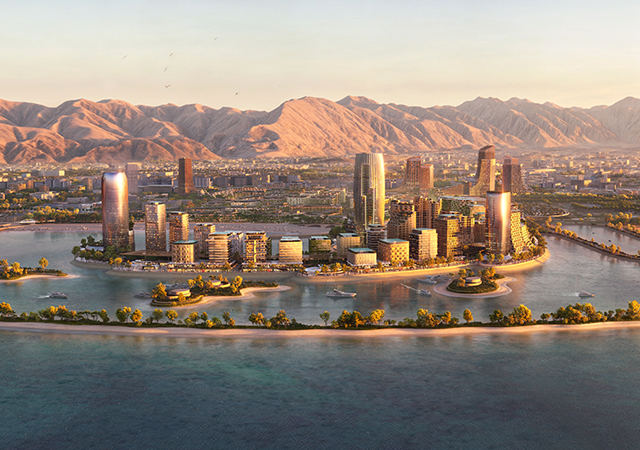

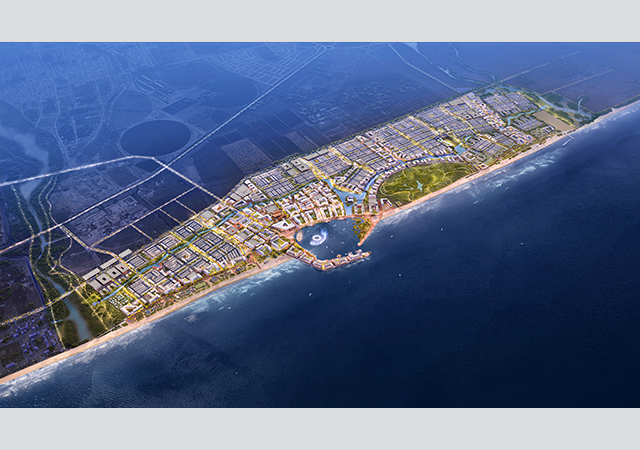
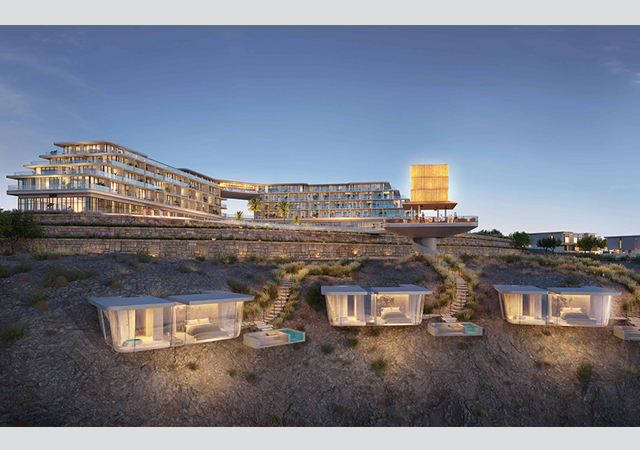
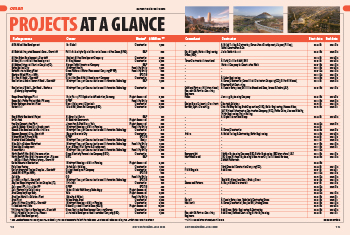
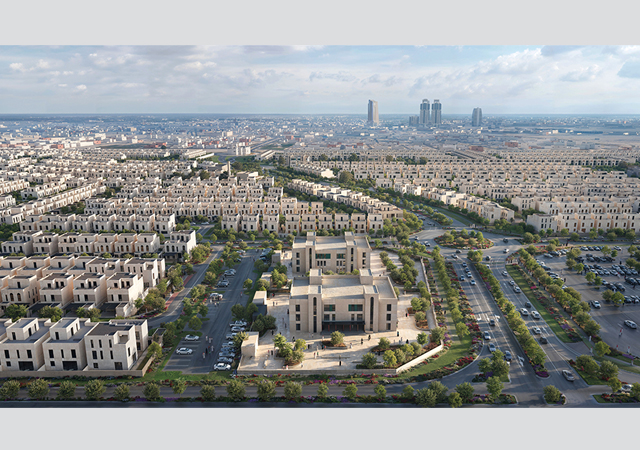
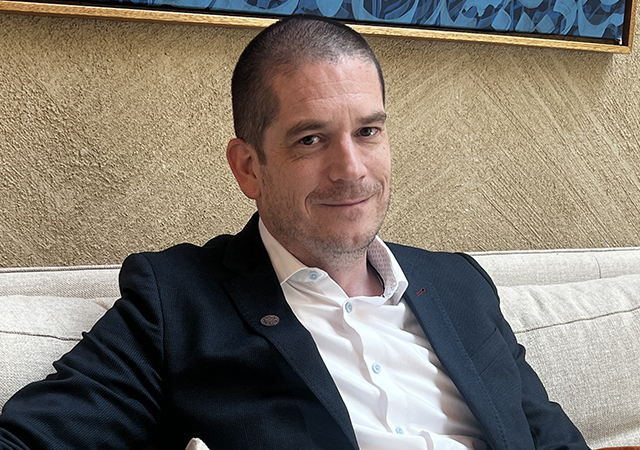

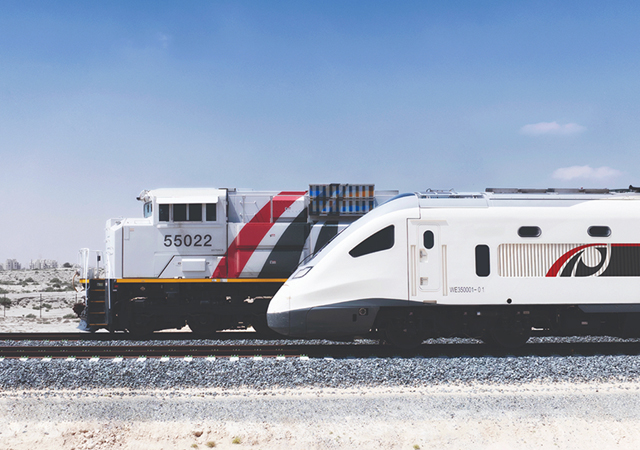
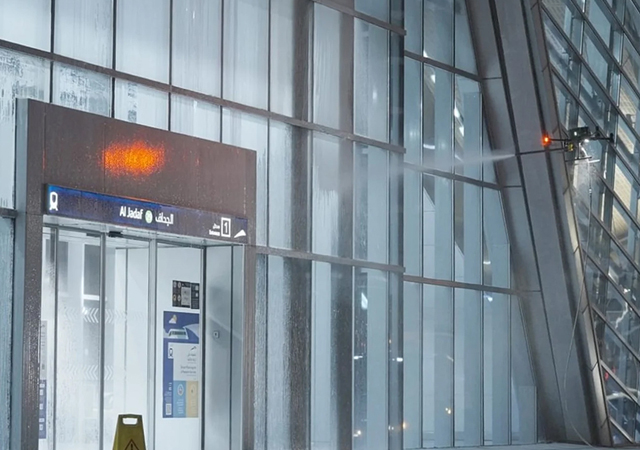

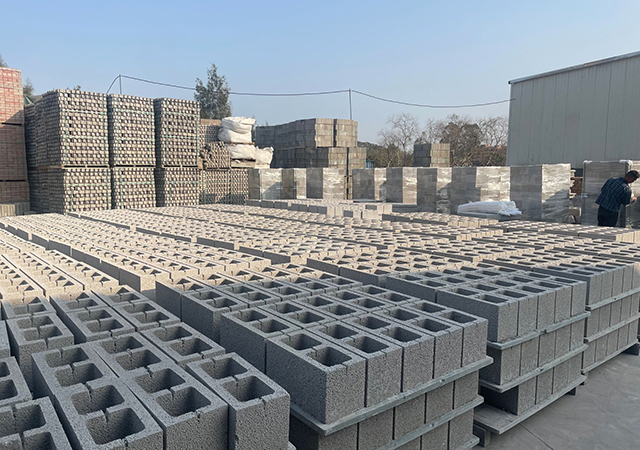
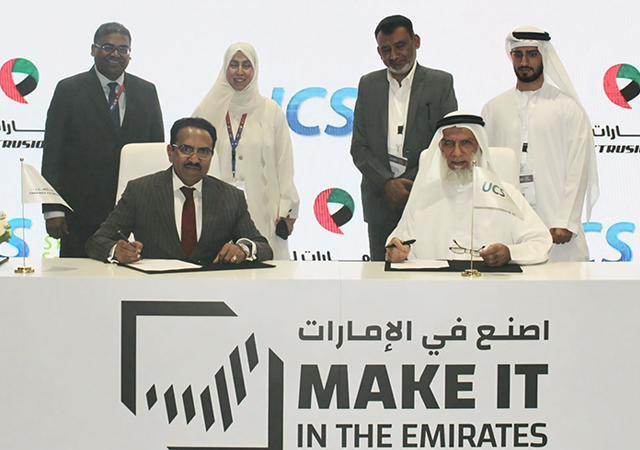
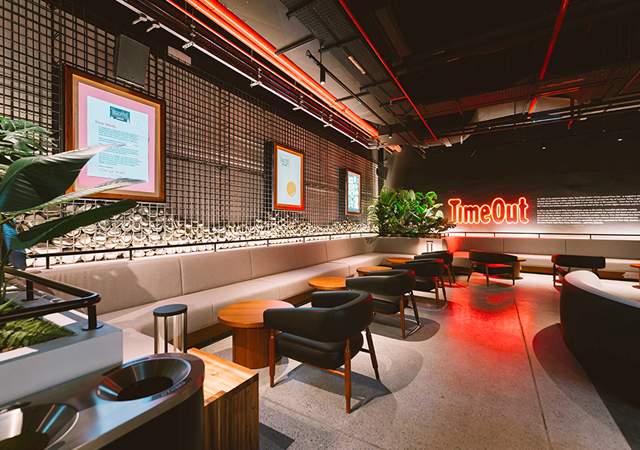
.jpg)
.jpg)
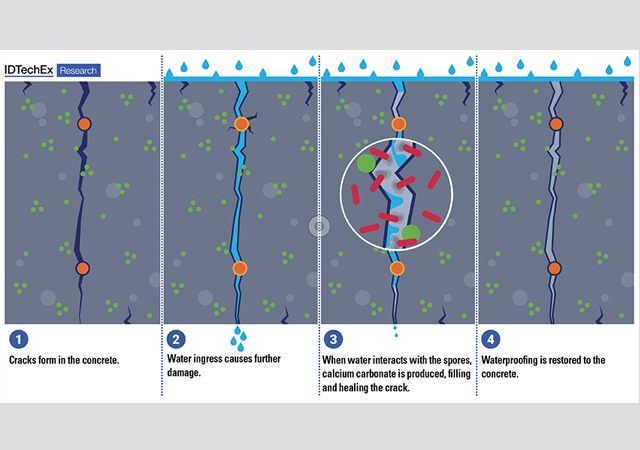
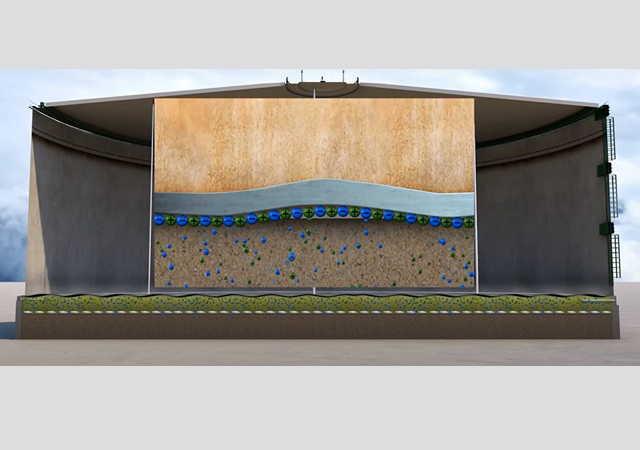
.jpg)
.jpg)
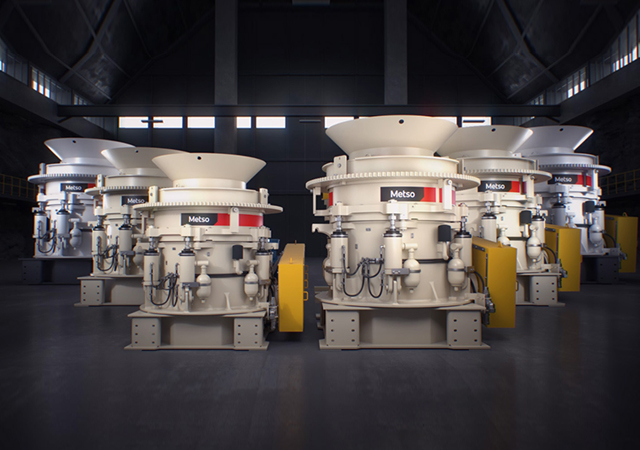
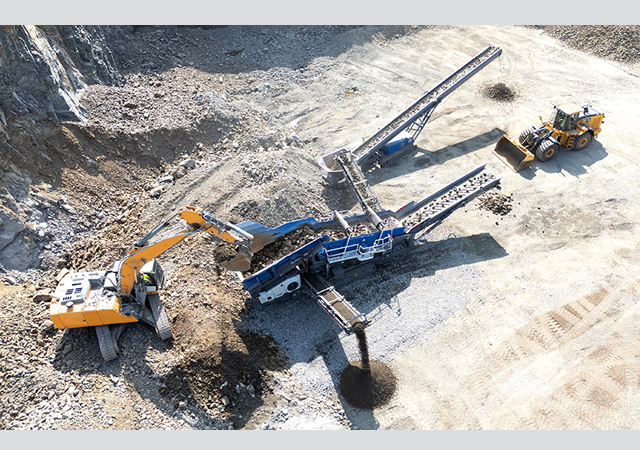
.jpg)
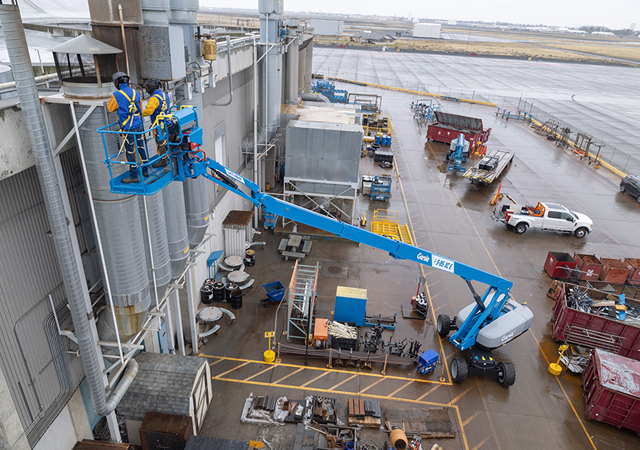
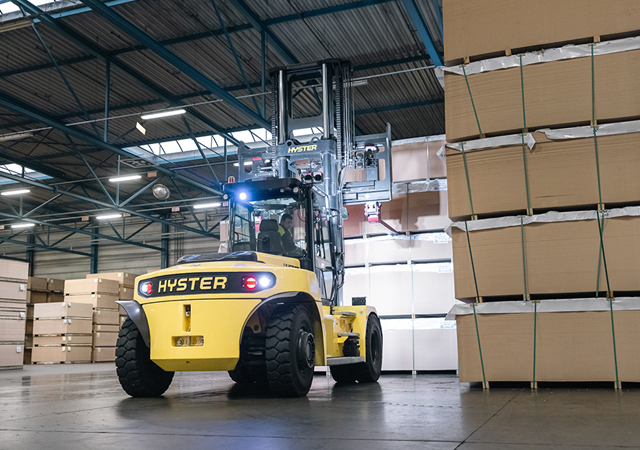
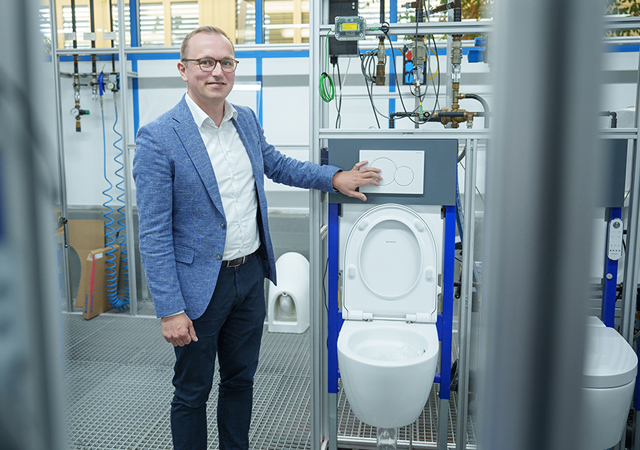
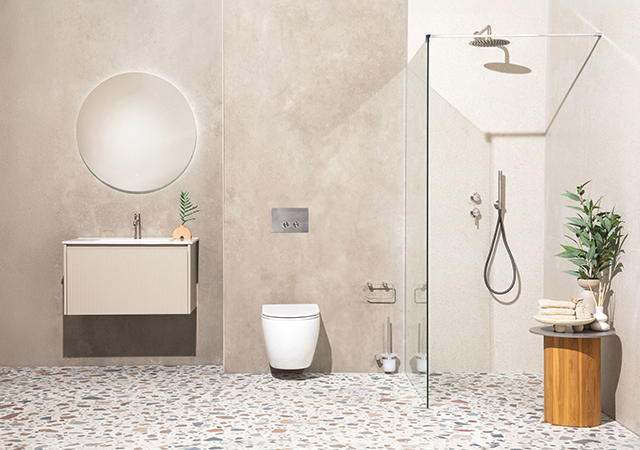
 Doka.jpg)


